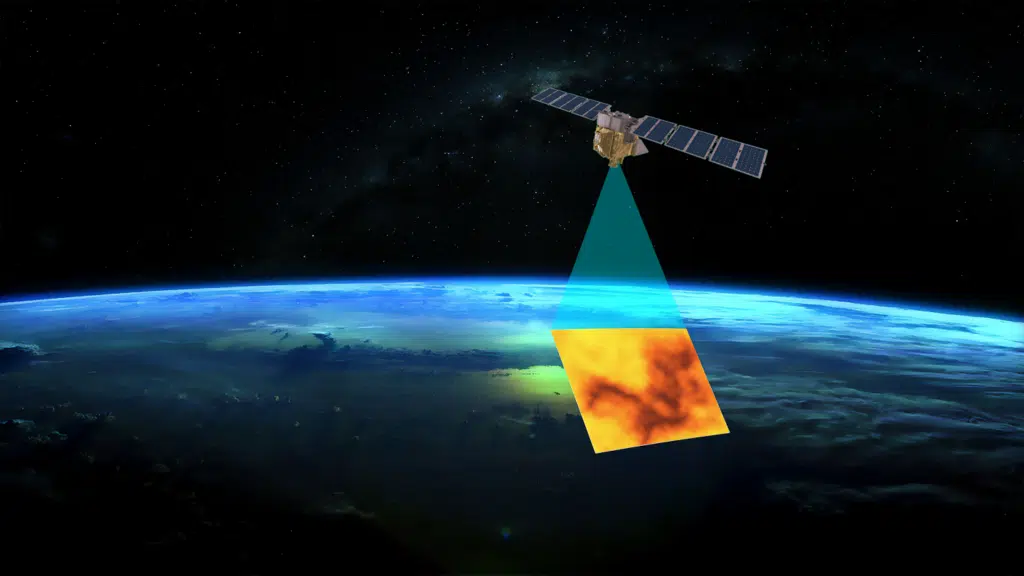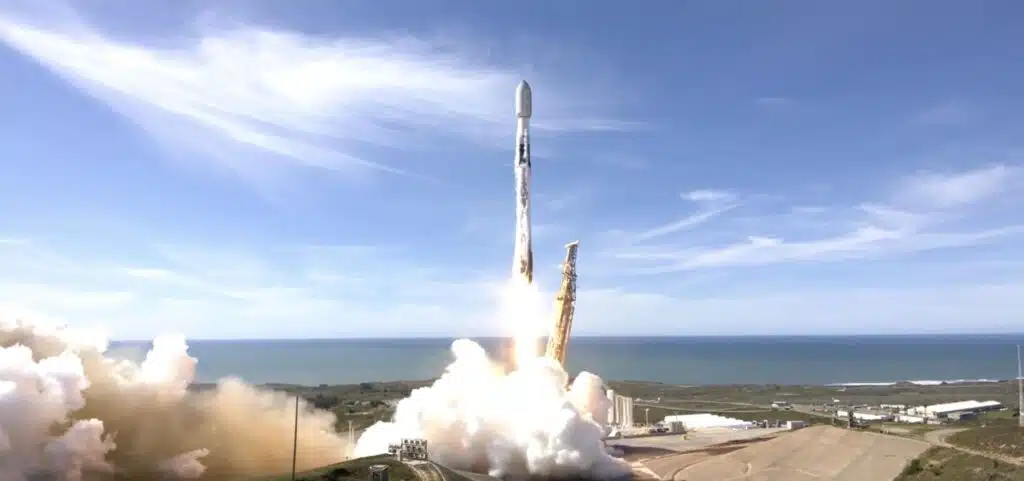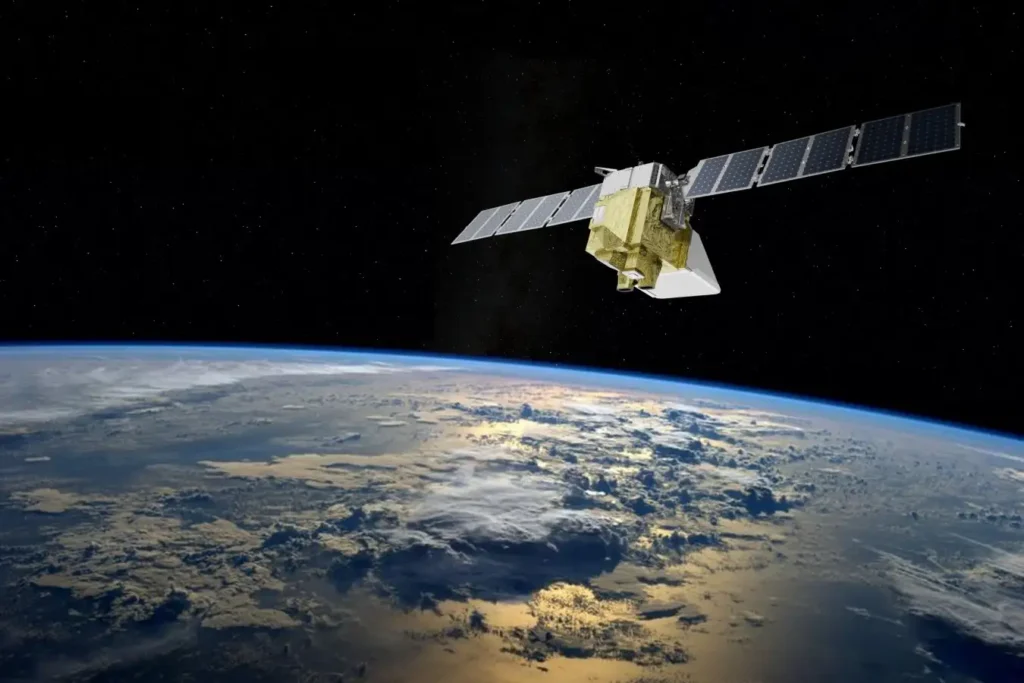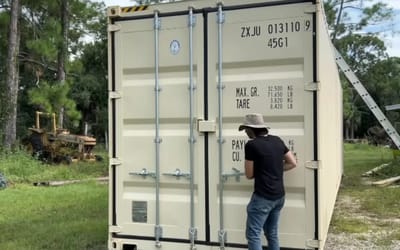Jeff Bezos' satellite is lost in space after losing all power
Published on Jul 03, 2025 at 7:49 AM (UTC+4)
by Callum Tokody
Last updated on Jul 03, 2025 at 5:13 PM (UTC+4)
Edited by
Kate Bain
Jeff Bezos’ satellite lost power during a recent space mission focused on methane tracking, bringing the work of the advanced space satellite to an unexpected halt.
The $88 million project, known as MethaneSAT, had been sending back data on global emissions when engineers reported a full systems failure.
The satellite is now considered unrecoverable.
A formal investigation is underway to understand what went wrong.
VISIT SBX CARS – View live supercar auctions powered by Supercar Blondie
The purpose of Jeff Bezos’ satellite – methane
MethaneSAT launched in early 2024 aboard a SpaceX rocket, backed by the Bezos Earth Fund, Google, and the New Zealand government.
Its purpose was clear: use space-based tools to track methane emissions, especially from oil and gas production, and make that data publicly accessible.
While methane isn’t always visible, it has a major impact on climate change, and methane tracking has become a key part of many global pledges to cut emissions.
What set this space satellite apart was its ability to detect smaller leaks over larger areas than many existing systems.
It was one of the few in orbit dedicated entirely to methane tracking, with findings shared openly with researchers and governments.

The Environmental Defense Fund (EDF), which led the space mission, confirmed this week that the satellite had lost power and was no longer responding.
According to the EDF, engineers are still reviewing the data logs to determine the cause, though the satellite itself is unlikely to be recovered.
Even with the mission now paused, data already collected by MethaneSAT is expected to support climate research for months to come.
The EDF has committed to processing and releasing that information to help support ongoing methane reduction goals.
What the space mission means for future climate efforts
Jeff Bezos’ satellite was part of a growing effort to bring more transparency to global emissions through space-based observation.
Methane tracking from orbit offers one of the most efficient ways to detect leaks in areas where on-the-ground monitoring is limited or unreliable.
The International Energy Agency has pointed out that cutting methane is one of the fastest and most affordable ways to slow global warming, making the role of space satellites increasingly important.
In 2021, more than 100 countries signed the Global Methane Pledge, committing to a 30 percent reduction by 2030.

Projects like MethaneSAT were developed to help verify progress and fill reporting gaps.
While other space satellites remain in operation, few offer the same level of focus or public access to data. The EDF has not announced whether a replacement satellite is in development.
Bezos’ Earth Fund had contributed over $100 million toward methane-related technology, including $10 million directly for MethaneSAT.
Google also supported the mission by providing AI tools to manage the satellite’s data output.

Losing a space satellite like this shows how fragile these tools can be.
Jeff Bezos’ satellite was designed to provide reliable, independent climate data from orbit.
Its failure doesn’t end the broader mission, but it does show how important it is to invest in durable and scalable monitoring systems moving forward.
Click the star icon next to supercarblondie.com in Google Search to stay ahead of the curve of the latest and greatest supercars, hypercars, and ground-breaking technology.
DISCOVER SBX CARS: The global premium car auction platform powered by Supercar Blondie
Callum Tokody is a content writer at Supercar Blondie, where he covers the latest in the automotive world with a focus on design and performance. With a background in automotive journalism, he has contributed to a range of publications in Australia and the UK. In addition to his writing, Callum also heads up PR and communications, helping to build and strengthen partnerships within the industry. Outside of work, he’s a design enthusiast with a soft spot for anything with a V8 and a good story.




